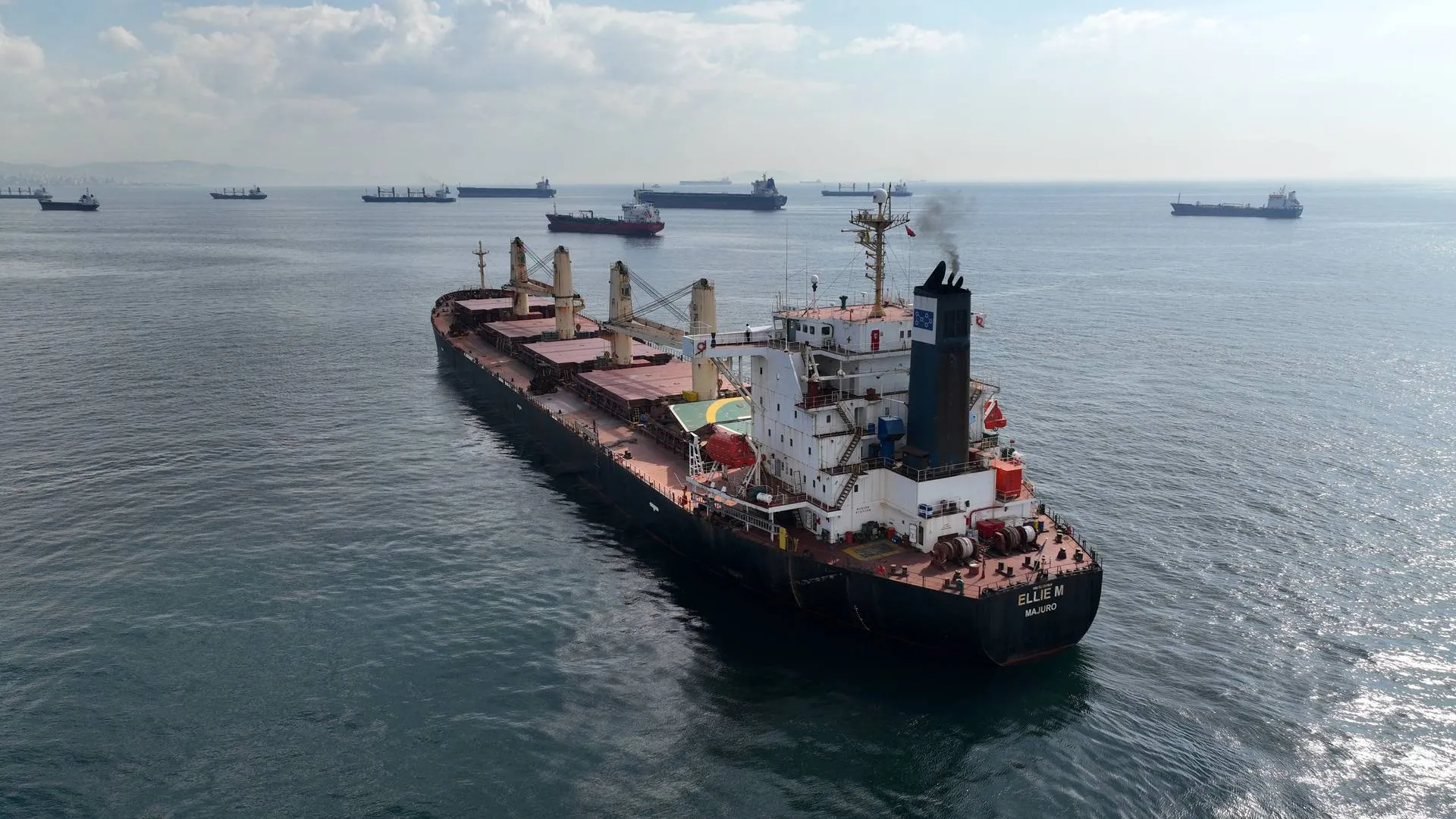In a matter of weeks, both the White House and Congress have launched sweeping efforts to reverse the decline of U.S. shipbuilding and restore the strength of the U.S.-flag merchant fleet. President Donald Trump’s“Restoring America’s Maritime Dominance”executive order, signed April 9, outlines a broad administrative plan with tight deadlines for federal agencies. Now, theSHIPS for America Act, introduced today by a bipartisan coalition in Congress, aims to codify many of those goals into law—with long-term funding, industry-specific reforms, and powerful new mandates.
Together, the two initiatives represent the most ambitious federal maritime policy push since the Reagan era. But how do they compare?
Both the Trump administration’s executive order and the SHIPS Act share a common objective: to rebuild the U.S. Merchant Marine and reduce dependence on China’s shipbuilding industrial base. But while Trump’s order relies on executive authority and agency coordination, the SHIPS Act proposes new law, new funding, and new enforcement mechanisms that could outlast any single administration.
What’s in the SHIPS for America Act? Key Provisions to Restore U.S. Maritime Power
Strategic Vision & Leadership
Trump’s order initiates a fast-track strategy process but stops short of legislative action. The SHIPS Act embeds that strategy into law, led by a White House maritime czar and backed by a Maritime Security Board to ensure long-term coordination across agencies like DOD, DOT, and DHS.
Funding Mechanisms
The executive order proposes a Maritime Security Trust Fund but leaves funding sources vague. The SHIPS Act creates a real trust fund—financed by tonnage taxes, duties, and fines on foreign adversary-linked shipping—that would operate like the Highway Trust Fund, offering consistent maritime investment.
Shipbuilding Investment
Both plans target shipyard revival, but the SHIPS Act brings financial firepower: $250 million per year for large shipbuilding and $100 million for small yards, plus tax credits and access to restructured Title XI financing. Trump’s order pushes for use of the Defense Production Act and directs agencies to streamline procurement.
Regulatory Reform
The executive order gives agencies 90 days to identify regulatory burdens. The SHIPS Act goes further: creating a formal rulemaking committee to harmonize U.S. laws with international standards while ensuring they don’t undercut U.S. strategic interests.
Workforce & Academies
Trump’s order calls for new academies and training pipelines. The SHIPS Act makes that actionable, authorizing new education benefits (like PSLF and GI Bill eligibility) and investing in both the USMMA and State Maritime Academies.
Cargo Preference & Fleet Growth
The SHIPS Act mandates that 100% of U.S. government cargo must sail on U.S.-flagged vessels, including Chinese imports—up from current levels and a major boon for the domestic fleet. Trump’s order encourages similar growth but leaves targets and mandates to DOT.
Foreign Tariffs & Port Loopholes
Both initiatives target Chinese port dominance. Trump’s order instructs USTR to weigh new Section 301 tariffs on Chinese-built cranes. The SHIPS Act expands this by taxing Chinese logistics services and plugging revenue leaks from cargo routed through Canadian and Mexican ports.
Trump’s order is aggressive on timelines: 30-, 45-, 90-, 180-, and 210-day deadlines drive immediate action on academy repairs, deregulatory reviews, Arctic strategies, and tariff proposals. But executive orders are inherently limited—they rely on existing budgets, agency discretion, and can be reversed by future administrations.
The SHIPS Act, by contrast, commits actual dollars and legislative mandates to workforce incentives, shipyard modernization, and regulatory overhauls. It would embed many of Trump’s ideas in statute, including trust fund financing, a permanent White House maritime advisor, and hard fleet targets.
Full Steam Ahead: SHIPS for America Act Garners Wave of Industry Endorsements
Jennifer Carpenter, President and CEO of the American Waterways Operators, said the combined initiatives “signal a government-wide recognition” of the importance of a strong domestic maritime industry.
If both succeed, the United States could see a revitalized shipbuilding base, expanded maritime workforce, and renewed presence in global shipping within the next decade. The biggest challenge? Coordination and funding. Without full Congressional support and industry buy-in, even the most ambitious plans risk running aground.






